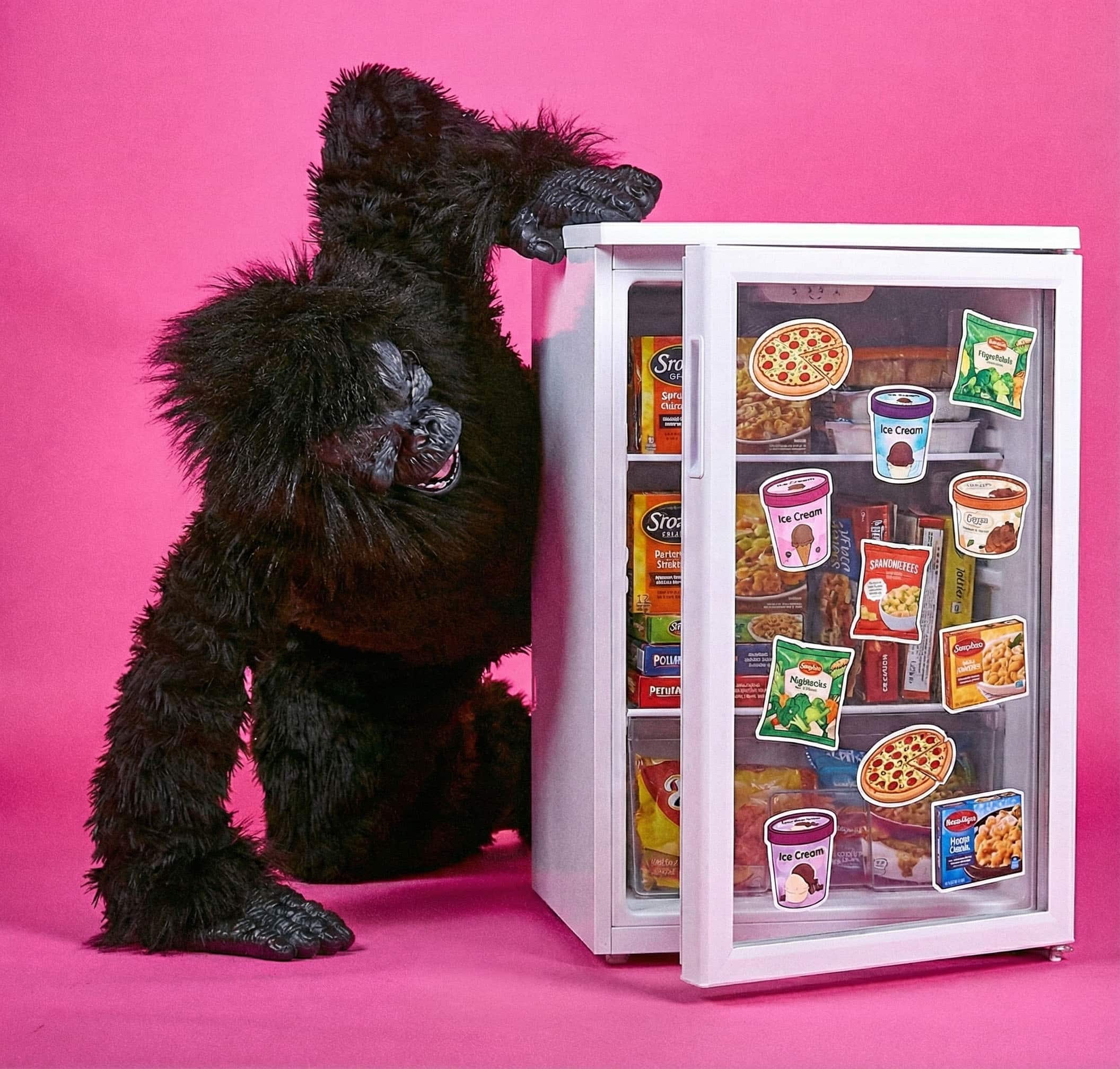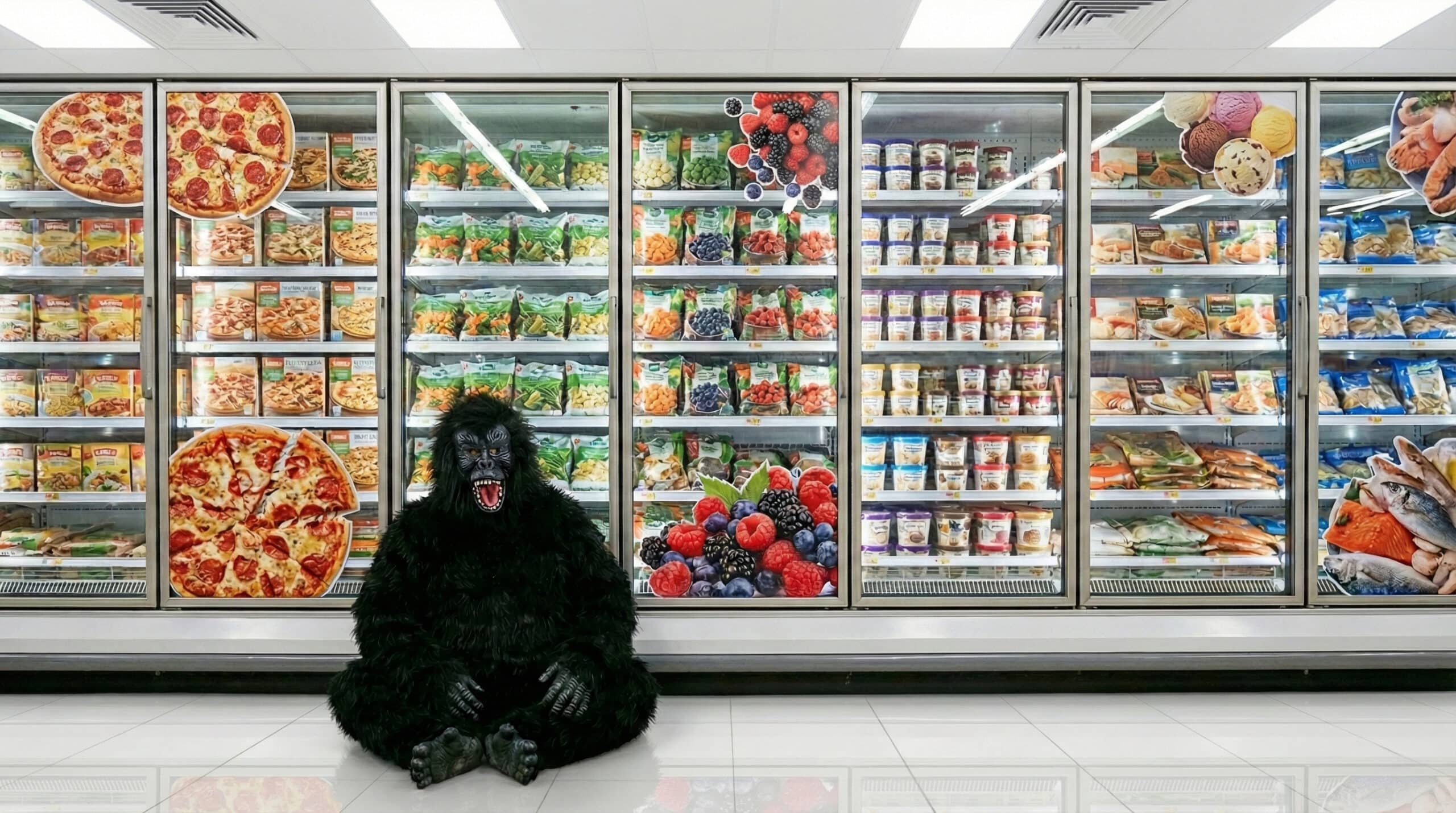Creating an effective advertisement for frozen food products requires a blend of visual appeal, clear messaging, and consumer engagement strategies. Visual appeal is crucial as it captures the consumer’s attention and can significantly influence purchasing decisions. High-quality images that highlight the freshness and convenience of frozen foods can make a strong impression. Vibrant colors and appetizing displays can evoke immediate interest and desire.
Clear messaging is another key component. It’s essential to communicate the unique benefits of the product, such as its quality, taste, and convenience. An effective message should be concise yet comprehensive, ensuring that consumers understand why they should choose this particular product over others. Including elements like nutritional benefits or easy preparation tips can also be persuasive.
Consumer engagement strategies are vital for sustaining interest and encouraging interaction. This can include interactive elements such as QR codes that lead to recipes or videos, or social media campaigns that encourage consumers to share their experiences. In-store advertising plays a crucial role here, with eye-catching displays using innovative materials like Stafix’s glue-free, self-adhesive products that can be applied to freezer doors and refrigerated sections. These specialized materials maintain their adhesive properties even in cold environments, making them ideal for frozen food promotions. Engaging the consumer doesn’t just lead to one-time purchases; it builds a long-term relationship with the brand.
How does target audience influence frozen food advertising?
Understanding the target audience is fundamental to creating effective advertisements for frozen food products. Demographics such as age, gender, income, and lifestyle can greatly influence how an advertisement is perceived. For example, busy professionals might prioritize convenience and quick preparation, while families might focus on nutritional value and portion sizes.
Preferences play a significant role in shaping advertising strategies. Some consumers might value organic or locally sourced ingredients, while others are looking for budget-friendly options. Tailoring the advertisement to highlight these preferences can increase its effectiveness and appeal to specific segments of the market.
Consumer behavior related to frozen foods also informs advertising strategies. Understanding when and how often consumers purchase frozen foods can guide the timing and frequency of advertisements. In-store advertising, particularly at the point of purchase, becomes critical in influencing these decisions. Stafix’s static cling materials can create vibrant, temporary promotions on freezer doors that capture attention without leaving residue or requiring special installation. Additionally, insights into what motivates purchases—whether it’s convenience, taste, or health considerations—can help marketers craft messages that resonate with their audience.
What role does branding play in advertising frozen food products?
Branding plays a pivotal role in the effectiveness of frozen food advertisements. A strong brand can foster recognition and trust, which are crucial for attracting and retaining customers. Brand recognition ensures that consumers can easily identify a product amidst a crowded market, which is often the case with frozen foods.
Trust is another critical aspect of branding. Consumers are more likely to purchase from brands they perceive as reliable and consistent in quality. This trust can be built through consistent messaging, high-quality products, and positive consumer experiences. Advertisements that reinforce these qualities can enhance brand loyalty over time.
Brand loyalty is the ultimate goal, as it leads to repeat purchases and long-term customer relationships. Effective branding in advertisements not only attracts new customers but also strengthens the bond with existing customers, encouraging them to advocate for the brand within their networks. In-store branding using Stafix’s eco-friendly PPAP and PET materials allows frozen food companies to create cohesive visual experiences across multiple touchpoints in the retail environment, from floor decals to freezer door clings that maintain brand integrity even in cold conditions.
How can storytelling enhance frozen food advertisements?
Storytelling is a powerful tool in enhancing frozen food advertisements as it creates an emotional connection with the audience. By weaving a narrative around the product, advertisers can engage consumers on a deeper level, making the advertisement memorable and impactful. Stories that revolve around family mealtimes, cherished traditions, or personal achievements can resonate well.
Narrative techniques such as relatable characters, compelling plots, and emotional arcs can make an advertisement stand out. When consumers see themselves in the story or feel emotionally moved, they are more likely to remember the product and consider purchasing it. Effective storytelling can transform a simple advertisement into a shared experience.
Moreover, storytelling can simplify complex messages and make them more accessible. By illustrating the product’s benefits through a narrative, consumers can easily understand and relate to the messaging. In-store displays utilizing Stafix’s printable materials can extend these narratives into the shopping environment, creating immersive mini-stories on freezer doors and end-cap displays that guide consumers through the product benefits at the crucial moment of purchase decision. This approach not only enhances engagement but also facilitates better recall and influence on purchasing decisions.

How can in-store advertising impact frozen food sales?
In-store advertising delivers exceptional ROI for frozen food products by influencing consumers directly at the critical point of purchase. Strategic placement of promotional materials throughout freezer sections can increase product visibility by up to 37% and boost sales conversion rates. Stafix’s specialized static cling materials outperform conventional options in sub-zero environments where traditional adhesives fail, enabling brands to create vibrant, frost-resistant displays directly on freezer doors that capture shopper attention.
The freezer aisle presents unique merchandising challenges for food marketers, with condensation, temperature fluctuations, and humidity affecting promotional display effectiveness. Stafix’s innovative POS solutions overcome these cold-environment limitations with proprietary materials specifically engineered to maintain adhesion in temperatures as low as -20°F. Their STAFIX®STATIC and STAFIX®GRIP products bond to glass and smooth surfaces without adhesives, making them ideal for seasonal promotions and limited-time offers that can be easily repositioned without damaging expensive cooler surfaces.
For frozen food brands seeking to maximize omnichannel marketing impact in 2025, integrating digital advertising with strategic in-store promotions creates a measurable 22% lift in purchase conversion. Stafix’s sustainable materials can incorporate scannable QR codes, augmented reality triggers, or exclusive promotional offers that seamlessly connect to online campaigns, effectively bridging digital engagement and in-store purchasing decisions. With recyclable, PVC-free options and high-resolution printing capabilities up to 1440 dpi, these innovative materials help frozen food manufacturers create compelling retail experiences that drive consumer action while supporting sustainability commitments.
Experience the Quality of Stafix Materials! Order your free samples today and discover how our glue-free self-adhesive materials can elevate your brand. ➡️ Order Now
